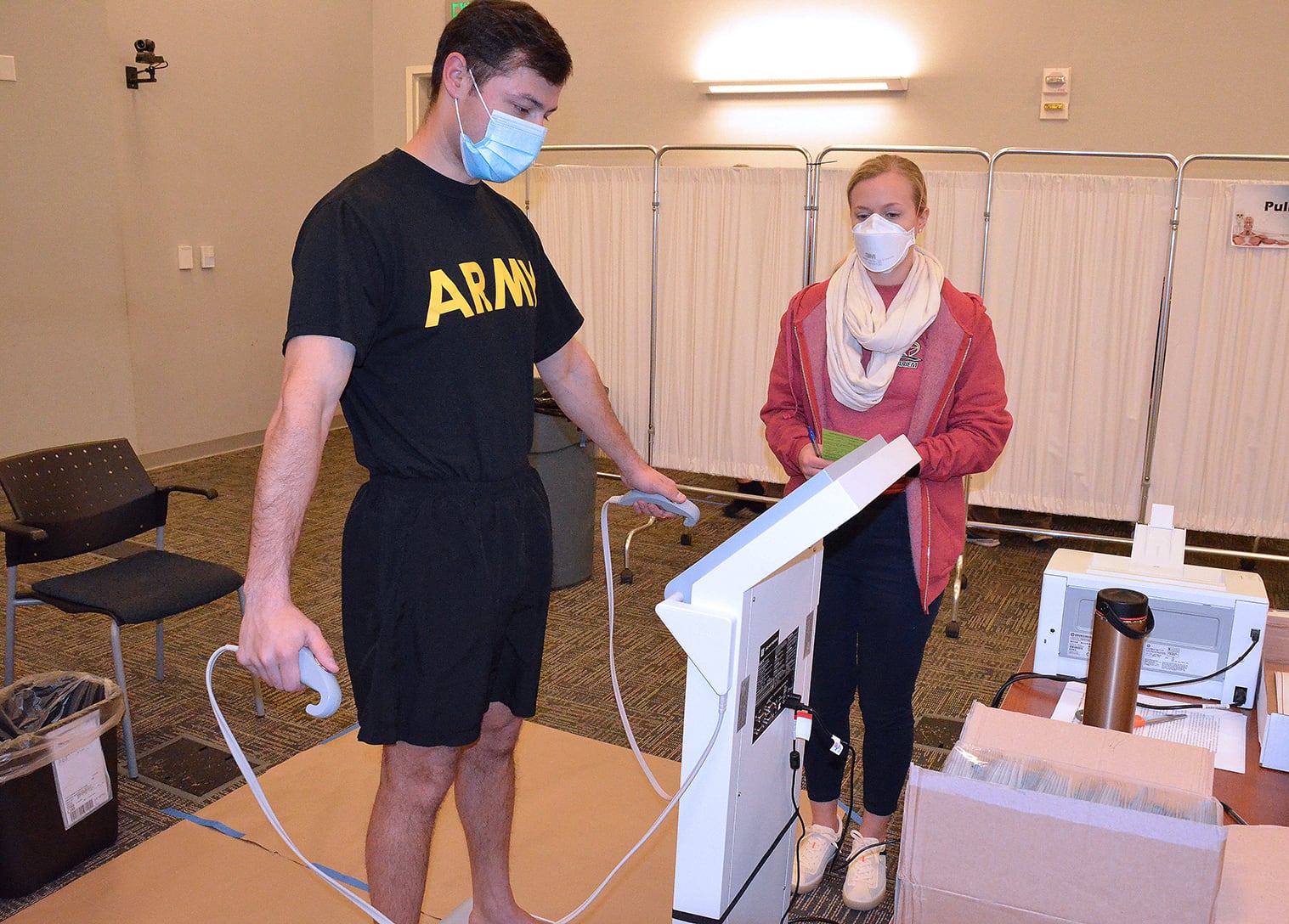More than two-thirds of active duty service members are within the overweight or obese ranges of the body mass index, according to a report by the American Security Project released Thursday.
Defense Department data shows that the obesity rate, calculated using a person’s age, height and weight, has more than doubled over the past decade, from 10% to roughly 21%. At the same time, more than half of young Americans now qualify as obese, and it’s the no. 1 disqualifier for recruiting prospects.
“At a time when we are struggling to recruit an adequate labor force for the military, the growing rates of obesity are especially alarming,” said Matthew Wallin, chief operating officer of the American Security Project. “No person defending our country should find themselves unsupported and unequipped to fight a personal battle against obesity.”
The report’s major recommendations include reviewing body composition standards, as BMI tends to underestimate obesity when compared to more high-tech body fat measurement devices; troops with high BMI should be referred to credentialed doctors with an expertise in treating obesity; and DoD should include BMI data on reports it provides to Congress on recruiting and retention.
“The growing prevalence of obesity in service members reduces the readiness of the all-volunteer military, but it isn’t a moral failing; it’s a health crisis,” the report reads. “Framing obesity as an issue of insufficient willpower or discipline prevents soldiers from seeking and receiving treatment, makes commanders and healthcare workers less inclined to intervene, and worsens health outcomes across the services.”
The BMI, which is based on a 200-year-old calculation that sought to define the body composition of the “normal man,” has faced controversy in recent years.
The American Medical Association in June updated its policy on BMI, acknowledging “historical harm” and “racist exclusion” associated with the index, “because BMI is based primarily on data collected from previous generations of non-Hispanic white populations.”
The new policy urges doctors to use BMI as one measure of body composition, complemented by measurements of visceral fat, body adiposity index, body composition, relative fat mass, waist circumference and genetic/metabolic factors.”
RELATED

Still, the report’s author told Military Times on Thursday that the BMI is still medicine’s best indicator that someone should be screened for chronic conditions associated with high body fat percentage.
“It’s important to note that the AMA hasn’t called for doctors to step back from BMI,” said Courtney Manning. “The report that led to their most recent recommendation actually found the opposite, that BMI is more accurate than other commonly used measurements,” but that it shouldn’t be used alone to diagnose obesity.
“They also reiterated that a BMI above 30 remains a key indicator that someone should be immediately checked out for conditions highly correlated with obesity, such as insulin resistance, high blood pressure, hyperlipidemia, and vascular dysfunction,” she added.
The report’s main message, though, is to push DoD to put more effort into helping those struggling with their weight, whether it’s high numbers on the scale or disordered eating in general.
Treating a failed height-weight test as an administrative issue, Manning said, rather than a health issue, is not doing troops any favors.
If a service member fails their tape test, it goes in their personnel record and they may be ordered into a remedial program to increase their exercise and adjust their diet, with the consequence that they can be involuntarily separated if they don’t lose weight.
But they should be sent to a doctor, Manning said, to examine what factors might be contributing to their weight and whether any other health issues are developing as a result.
Meghann Myers is the Pentagon bureau chief at Military Times. She covers operations, policy, personnel, leadership and other issues affecting service members.




